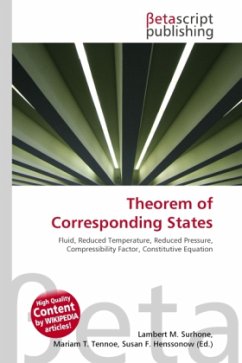Please note that the content of this book primarily consists of articles available from Wikipedia or other free sources online. In electrical circuit theory, Thévenin''s theorem for linear electrical networks states that any combination of voltage sources, current sources and resistors with two terminals is electrically equivalent to a single voltage source V and a single series resistor R. For single frequency AC systems the theorem can also be applied to general impedances, not just resistors. The theorem was first discovered by German scientist Hermann von Helmholtz in 1853, but was then rediscovered in 1883 by French telegraph engineer Léon Charles Thévenin (1857 1926).
Bitte wählen Sie Ihr Anliegen aus.
Rechnungen
Retourenschein anfordern
Bestellstatus
Storno








